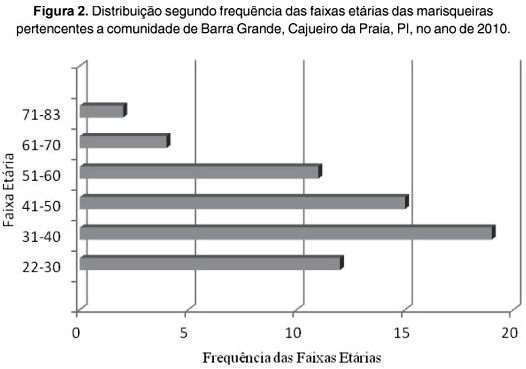In the community of Barra Grande located at the coast of Piauí, the wives of fishermen, locally known as "marisqueiras" (female shellfish catcher), extract from the mangrove various kinds of shellfish for commercial purposes and a great amount for subsistence. For a better understanding, data on the activity of "marisqueiras", concepts of conservation and socioeconomic aspects of the context in which occurs the activity of shellfish catching were revealed after the application of semi-structured and structured protocols. The bivalve mussel Anomalocardia brasiliana (Gmelin, 1791), popularly known as "marisco", is characterized as an important resource for subsistence being most of it collected by the community, followed by Mytella charruana (d'Orbigny, 1842) the "sururu", extract for commercial purposes due to its highest market value. The knowledge of the "marisqueiras" about A. brasiliana was compared with literature which proved to be compatible, thus showing that it should be valued for the design of programs for the management of fishing resources in the region. About the way of thinking, it was revealed that 82.81% of "marisqueiras" practice the conservation of the A. brasiliana by collecting only the larger individuals and 80.86% consider that there is no pollution at the collection points. The creation of a unique association and a cooperative for the "marisqueiras" is required to value the work by themselves developed, since there are an estimated average of 351 kg of meat being extracted monthly.
Anomalocardia brasiliana; traditional practices; conservation






